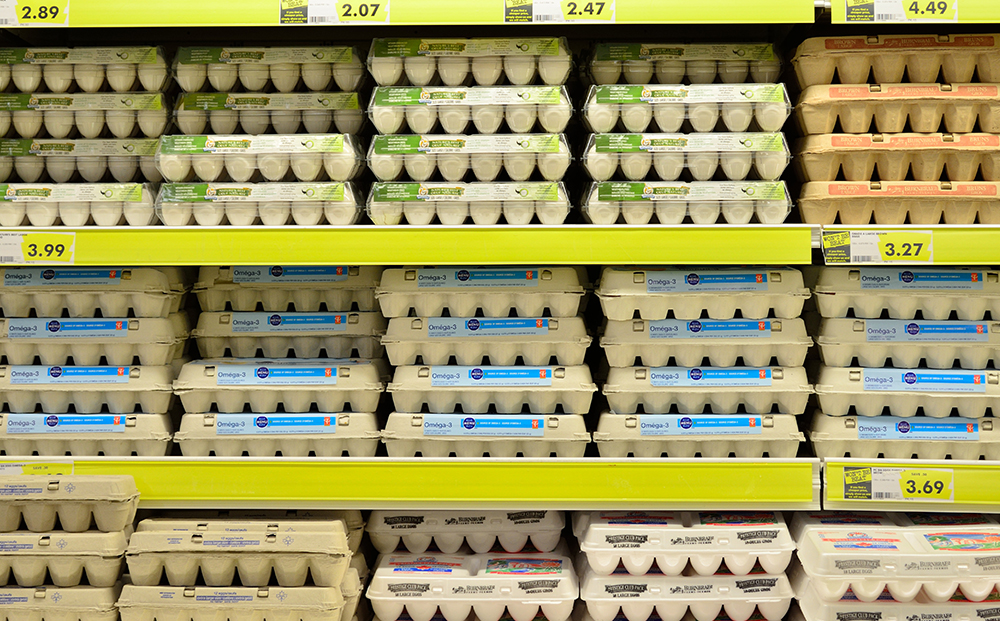hatching science center
Buying Grocery Store Eggs

Why are there so many egg options in the grocery store and what do they all mean?
This article talks about what it means for eggs to be organic, free range, pasteurized, and more.
Why are some options more expensive than others?
Often, the cost of feed is the determining factor for the price of eggs. Organic feed costs more than regular (conventional) feed, as does the high omega-3 content feed. Another determining factor for cost is space. Chickens that are considered "cage free" and "free range" require more space and that space can be costly.
Can you hatch eggs that you get in a grocery store? Are you eating baby chicks when you eat eggs?
The answer to both of these questions is no. The eggs that you get in a grocery are not fertile eggs. To produce a fertile egg, a rooster (male chicken) must be present and in grocery store production facilities this is simply not the case.
There's a red spot/meat spot in my egg! Is it a baby chick?
No. Red spots are known as blood spots and they are caused by the rupture of a blood vessel on the yolk surface during formation of the egg or by a similar accident in the wall of the oviduct. Read more here. Similarly, little brown spots are called meat spots and are caused in much the same way—it is a malfunction of the hen's reproductive tract. Most of the time these eggs will be identified through the scanners and candlers that eggs are passed through, but every so often one will get past. These flaws do not mean that the eggs are contaminated. You can still use eggs with blood and meat spots in the same way as any other egg.
What does grade A, grade AA, and all of that other stuff mean?
According to the US Poultry Association, "Eggs are graded based on their quality and appearance. Grade AA eggs have thick, firm whites and high, round yolks. Their shells are clean and unbroken. Grade A eggs are like Grade AA, but their whites are 'reasonably' firm. Grade A eggs are usually sold in stores. Grade B eggs have thin whites and wider yolks. The shells are unbroken, but might show slight stains." Read more here.
